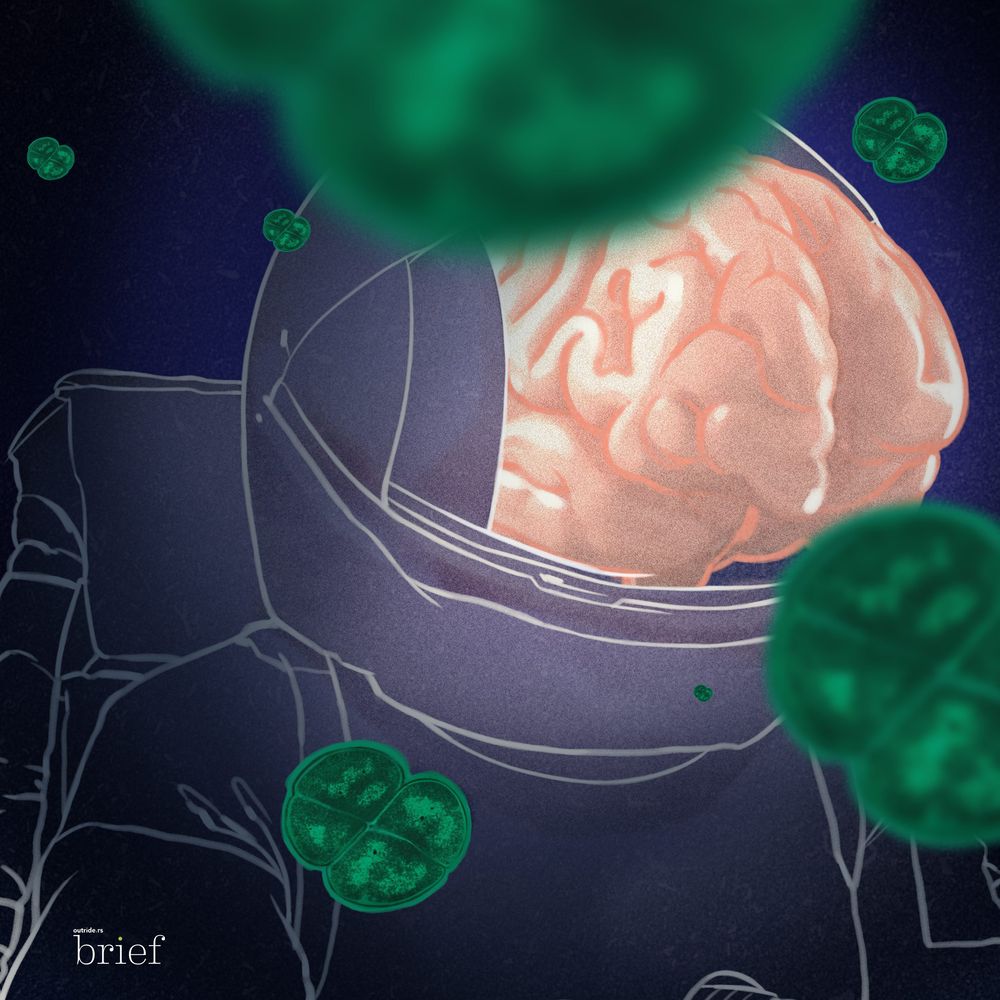Mysterious deaths of elephants
Every year, some 830 million trees are hit by lightning in the tropical forests, and 200 million of them die, according to the study from Global Change Biology. The research was made thanks to satellite data and a network of ground sensors that helped monitor vast areas and lightning that occur in milliseconds. The observation in Panama revealed that one lightning strike damages on average more than 20 trees. In the following year, five or six of them die. The lightning usually strikes the largest trees.
Neurotoxins in algal blooms or a rodent virus (EMC, Encephalomyocarditis) are probably the cause of mass die-offs of elephants (350 animals) in Okavango delta in Botswana. Deaths of further 22 animals were observed in Zimbabwe. The elephants died suddenly, with many walking in circles, before collapsing.
The United States forensic experts carry out experiments to establish whether decomposing human remains affect the surrounding vegetation, for example by loss of leaves or change in their color – the marks that could be observed via drones. Scientists analyze soil composition, plant species and their light absorption in the woods at the so-called body farm, where the remains of donors were placed. Necrobiome – microbes and chemicals of the decomposing body – should influence the closest environment. If proven effective, drone-searching could help recover bodies. Every year, in the U.S. alone, 100 thousand people go missing.























